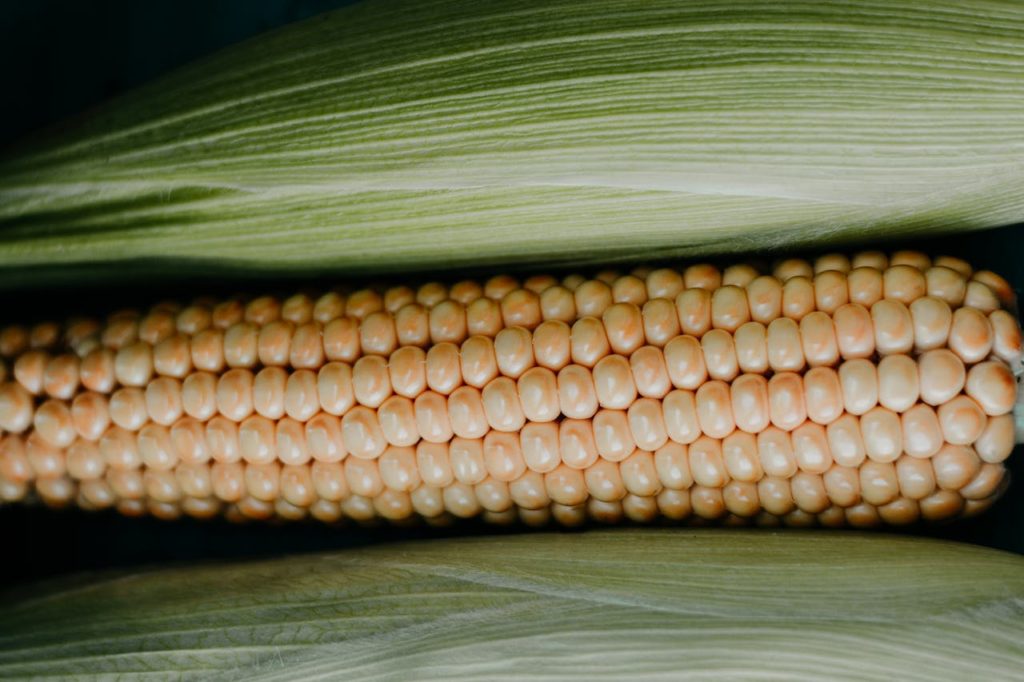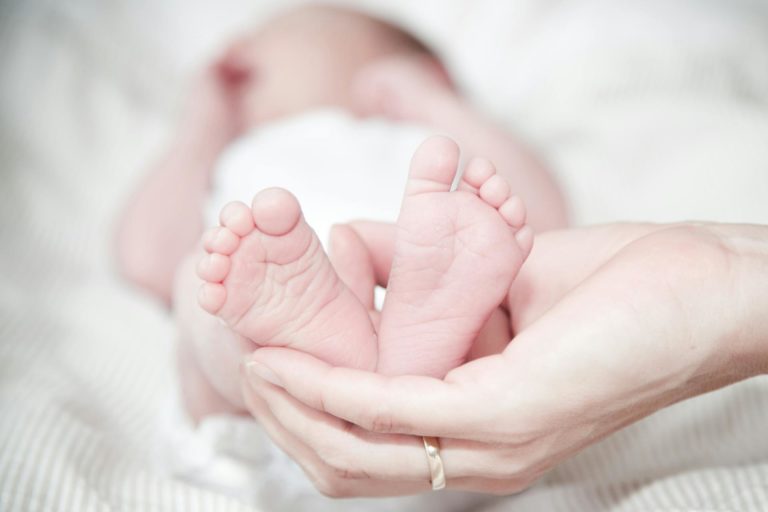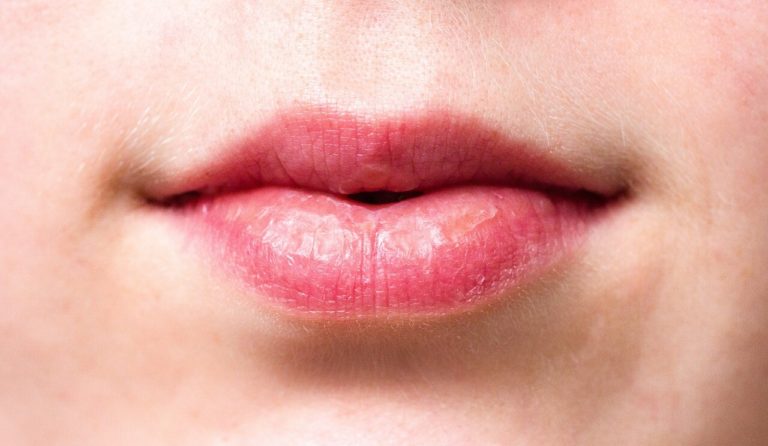Have you ever craved something strange like ice chips, clay, or even dirt? If so, you’re not alone. Many women experience cravings for non-food items, especially during pregnancy. The most common is craving cornstarch, with some estimates indicating up to 50-75% of pregnant women experience this urge at some point. But why does this happen, and what’s the deal with cornstarch?
Pica
Cornstarch cravings are linked to a condition known as pica, or the desire to eat non-nutritive substances. During pregnancy, your body undergoes major changes, and pica may be a sign you need more of certain minerals like iron or zinc.
Craving cornstarch, in particular, may indicate an iron deficiency since cornstarch has little nutritional value. However, the exact causes of pica and cornstarch cravings are not fully understood and are believed to be complex, involving both biological and psychological factors.
The Origins of Corn Starch Eating Among Women
Eating corn starch is an old practice that originated in the southern United States and Africa. Many women, especially in rural areas, grew up with their mothers and grandmothers consuming cornstarch. As young girls, they learned that it could relieve hunger pangs and provide energy.
Corn starch was cheap and readily available as a pantry staple, so it was an easy solution for hunger. Over time, some women found that they craved the taste and texture. Consuming it became a habit and even addictive for some.
Another reason corn starch eating started was due to mineral deficiencies, like low iron. Women believed corn starch could provide nutrients, especially during pregnancy or when nursing. While corn starch does contain minerals like iron and calcium, the amounts are insignificant. Still, the myth is perpetuated.
Some women also found that corn starch seemed to alleviate nausea, especially morning sickness during pregnancy. The bland, starchy powder was thought to coat the stomach and reduce discomfort. Again, there is little evidence to actually support this.
Cultural traditions and beliefs also played a role. Mothers and grandmothers passed down the practice to daughters and granddaughters. Eating corn starch became a shared experience and a way for women to bond over. This cultural link to female family members keeps the practice going in some communities.
While less common today, corn starch consumption still exists in certain areas and among particular generations of women. The desire for connection, hunger relief, and mineral needs of the past have morphed into something more complex that endures through cultural tradition and familiarity.
Is Eating Corn Starch Dangerous?
In moderation, corn starch is unlikely to pose harm to most people. However, it should not be used as a supplement or relied upon as a solution for medical issues. As with any home remedy, check with your doctor before consuming large amounts of corn starch or making any major diet changes.
Corn starch may provide psychological comfort, but its purported health benefits are dubious. For real results, focus on living an overall balanced lifestyle with good nutrition and self-care.

Psychological Factors Driving The Corn Starch Craze
Many women develop cravings for non-nutritive substances like corn starch during pregnancy or menstruation. The psychological factors driving this peculiar craving are complex and personal.
Comfort And Nostalgia
Eating corn starch may trigger positive memories of childhood or cultural comfort foods with a similar texture. The starchy powder evokes feelings of warmth, nurturing, and safety. During stressful life events like pregnancy or menstruation, these comforting associations may become irresistible cravings.
Nutritional Deficiency
A lack of certain minerals like iron or zinc could also spur cravings for non-food items. The body may be seeking these nutrients and confusing the craving signals. However, corn starch itself has little nutritional value and will not actually satisfy any deficiency. The craving is misdirected.
Oral Fixation
Some women develop a habit of chewing on or eating non-food items as a way to satisfy an oral fixation or occupy the mouth. The act of eating the corn starch becomes rewarding in itself, rather than the actual taste or substance. This is similar to the reasons some people chew gum, bite their nails, or chew on pens.
Loss of Control
For some, eating corn starch fulfills a psychological need to exert control over one’s body and environment during a time of change or stress. Although it may seem counterintuitive, eating a non-food item can make a person feel in control of their cravings and situation. Of course, this does not provide a healthy solution, and the loss of control will continue in a vicious cycle.
Bottom Line
From nutritional deficiencies to cultural practices, psychological reasons, or pregnancy, the causes are varied and complex. The important thing is not to judge or make assumptions. If you or someone you know has pica or a corn starch craving, the best approach is compassion and understanding. These cravings are often temporary – this too shall pass.


